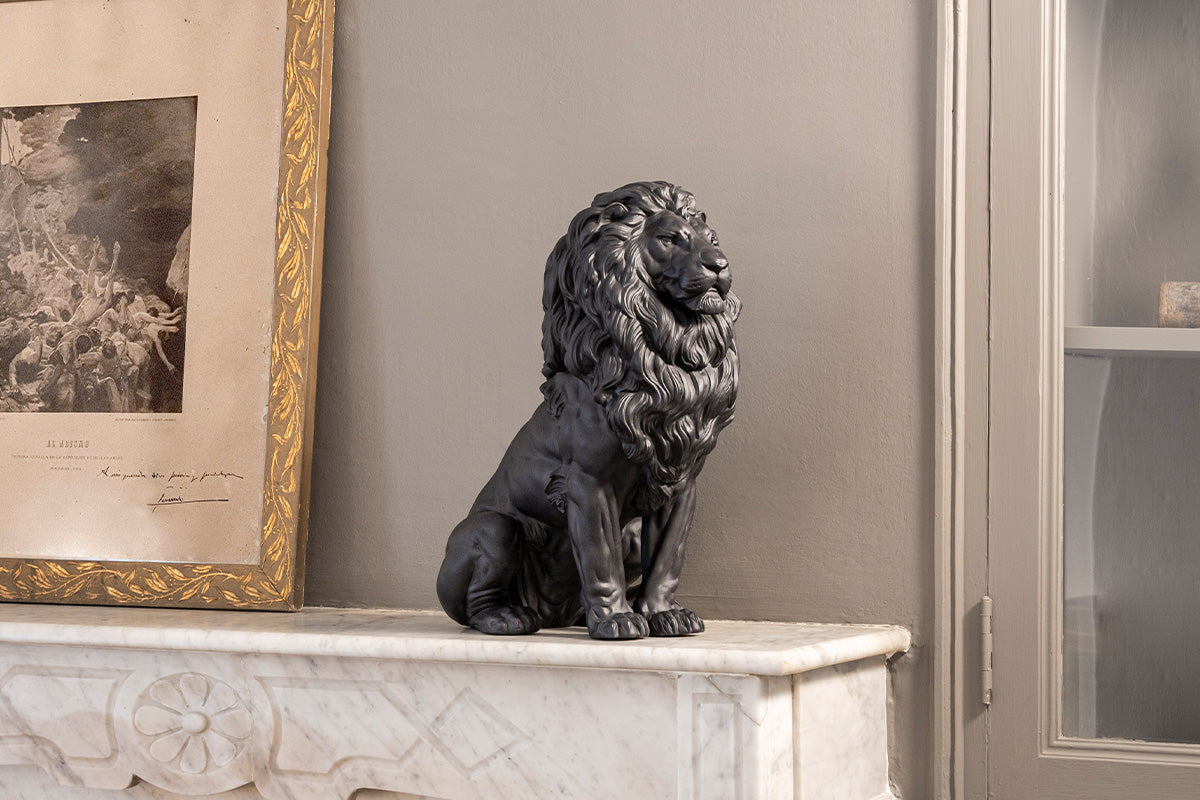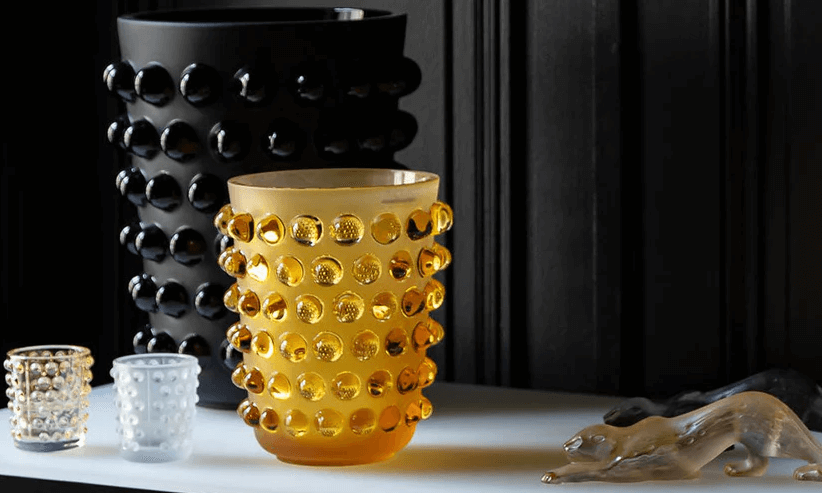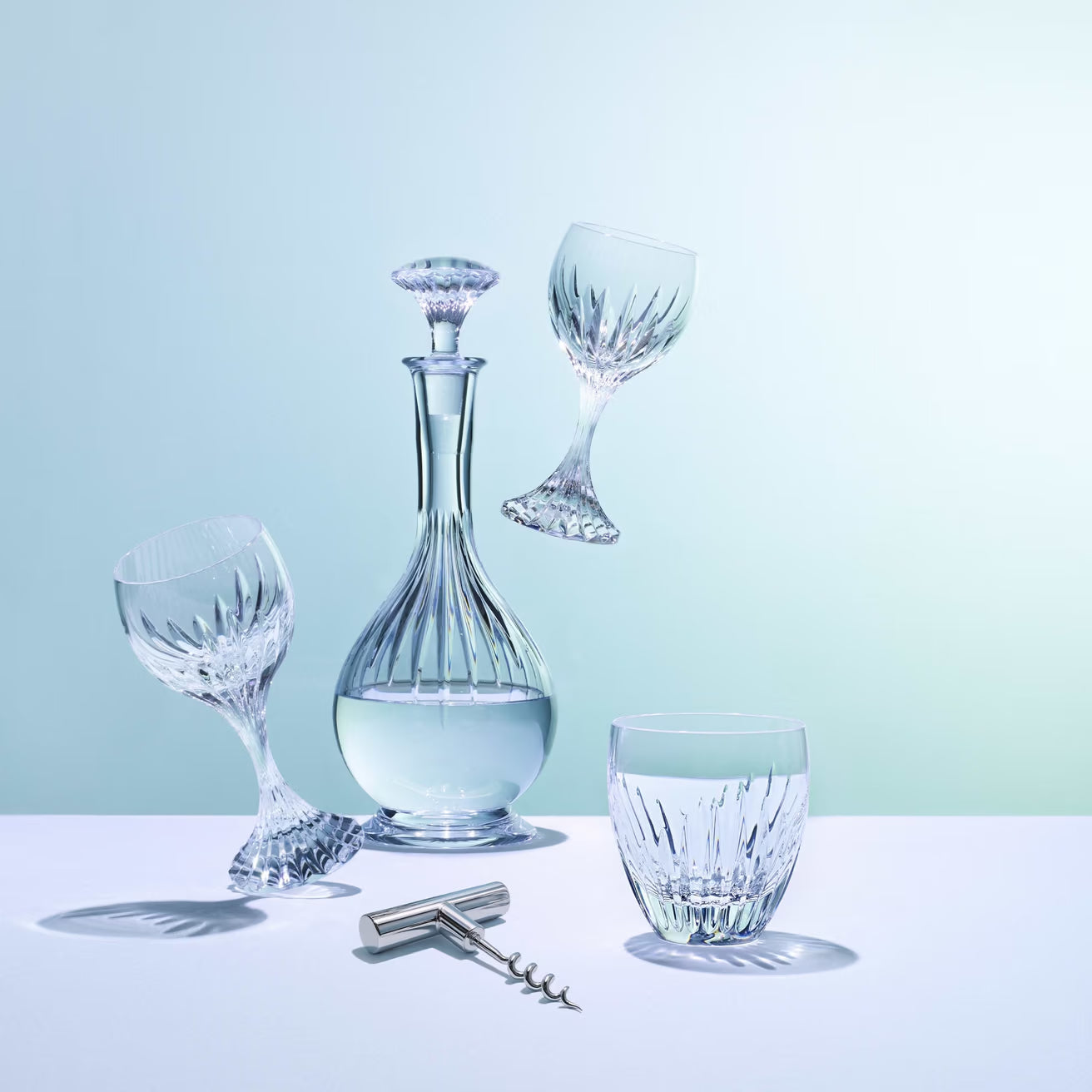Anatomically Accurate: The Horses of Lladró
Tagged with:About Lladró
Share
Horses evolved over a period of 50 million years, from what is a small, dog-sized Eohippus to what we now know as the modern horse. They share a common ancestry with tapirs and rhinoceroses, belong to the order Perissodactyla, but have adapted to life on dry land, and much harsher climatic conditions than their follow Perissodactylas.
Read more about the Andalusian Spanish Pure Breed Horse.
With the change of their habitat from jungle-like to steppes, the horse’s predecessors evolved to lengthen their limbs and lifting of some toes in which results in greater speeds to outrun predators in their newfound habitat and an excellent sense of balance. Horses developed a weird trait to protect themselves, they are able to sleep both standing up and lying down, just so they are able to escape from wild predators. Humans domesticated horses from approximately 4000BC, for transportation, heavy farm work, horse racing, therapy or manufacturing.

Eohippus lived in jungle-like habitats (left).
Purebred horses with controlled breed registry has become significant in modern times. A purebred horse is one with a defined pedigree recognised by a breed registry. People place great value on pure bloodlines and many breeders specialise in breeding specific pedigrees. At first this was done to ensure that horses continued to develop characteristics specific to breed to perform or do a specific type of work.
There are more than 300 breeds of horses in the world today, and horse lovers just can’t get enough of them. Whilst the origins and purity of the lineage of a horse isn’t as important today, it is important to document and preserve these purebreds while we can, and ensure that their wellbeing is taken care of. Lladró has always believed the importance in creating anatomically accurate animals, to not just spread the message of conservation, but also to document the anatomy of these animals.
Click here to read about the animals of the African Savannah by Lladró. Continue to read on below for more about the horses of Lladró.
SPANISH PURE BREED HORSE
The Andalusian horse, the Spanish Pure Breed Horse, has changed very little throughout its history. It’s been known as a war horse and prized by nobility. In the 19th century, the breed was used as a tool of diplomacy by the Spanish government.
The Spanish Pure Breed has a distinguishable beautiful profile, present a series of curves, with no angular lines. The horse has great presence, and does not lack in athleticism. Its body is of balanced conformation, well proportioned with a straight or sub-convex profile, fluid, with elastic movements. The breed is also used extensively in movies, especially historical pictures and fantasy epics because of its beautiful profile. The powerful refined breed was desired as riding horses with an aptitude for dressage.
The grey coat is a common feature of the Andalusians, with long thick manes and tails. It is also known as Pura Raza Española in the Iberian Peninsula, where its ancestors lived for centuries.
Technically speaking, one of the biggest challenge is to maintain the correct balance of the piece, supported on four legs, when passing through the kiln. In the firing process all Lladró pieces undergo a reduction in size of around 15% due to water loss. Therefore, succeeding in keeping the right proportions of a piece of this kind is a great achievement. Limited to 500 pieces worldwide, the stunning Spanish Pure Breed Horse sculpture from Lladró will make a real statement in any room.
The making of the Spanish Pure Breed horse sculpture
QUARTER HORSE
Considered to be one of the oldest recognised breeds of horses in the United States, the Quarter Horse were a favourite mount amongst cowboys during the open-range era of the West. It is also a popular breed in Australia.
The Quarter Horse’s short back, broad head with small ears, powerful shoulders and a deep, broad chest together with their hindquarters is recreated in anatomical precision by Lladró.
Modern American Quarter Horses are popular for racing and cattle work. In a quarter-mile race, the breed is unbeatable with their powerful hindquarters that give them incredible momentum and velocity over short distances.
All the features of the strong Quarter Horse are well captured in this Limited Edition piece, showing of well developed hindmuscles and topped off with a saddle decorated in silver and gold tones using the complex lustre technique. Lladró sculptor Ernest Massuet, a horse lover and connoisseur of the equestrian world instilled life into a beautiful specimen of this powerful breed.







